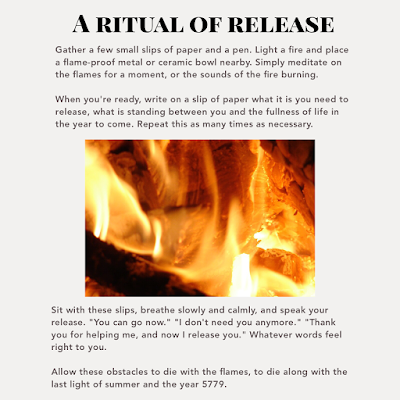Lead Wings

Perched in a high branch of her favorite tree, Icarus watched nervously as her father spent another afternoon gazing restlessly out across the sea. “Going home” was all he talked about these days, but she had only been three years old when they went into exile; this island was the only home she could remember. When he started to build the wings, she tried everything she could think of to stop him. Pretending frivolity, she ran through his neat piles of feathers, trying to scatter them, waste them, make them useless. He always found more, though. Of course he did, the island was lousy with birds. Stupid. Wax must surely be in short supply, though, she thought. She stole away as much as she could from his stores, sculpting clever statues and feigning innocence as she presented them to him proudly. He only shook his head and chuckled indulgently, then hiked back out to the trees to scrape off some more. She considered setting fire to the wings while he slept, but she couldn’t quit...



